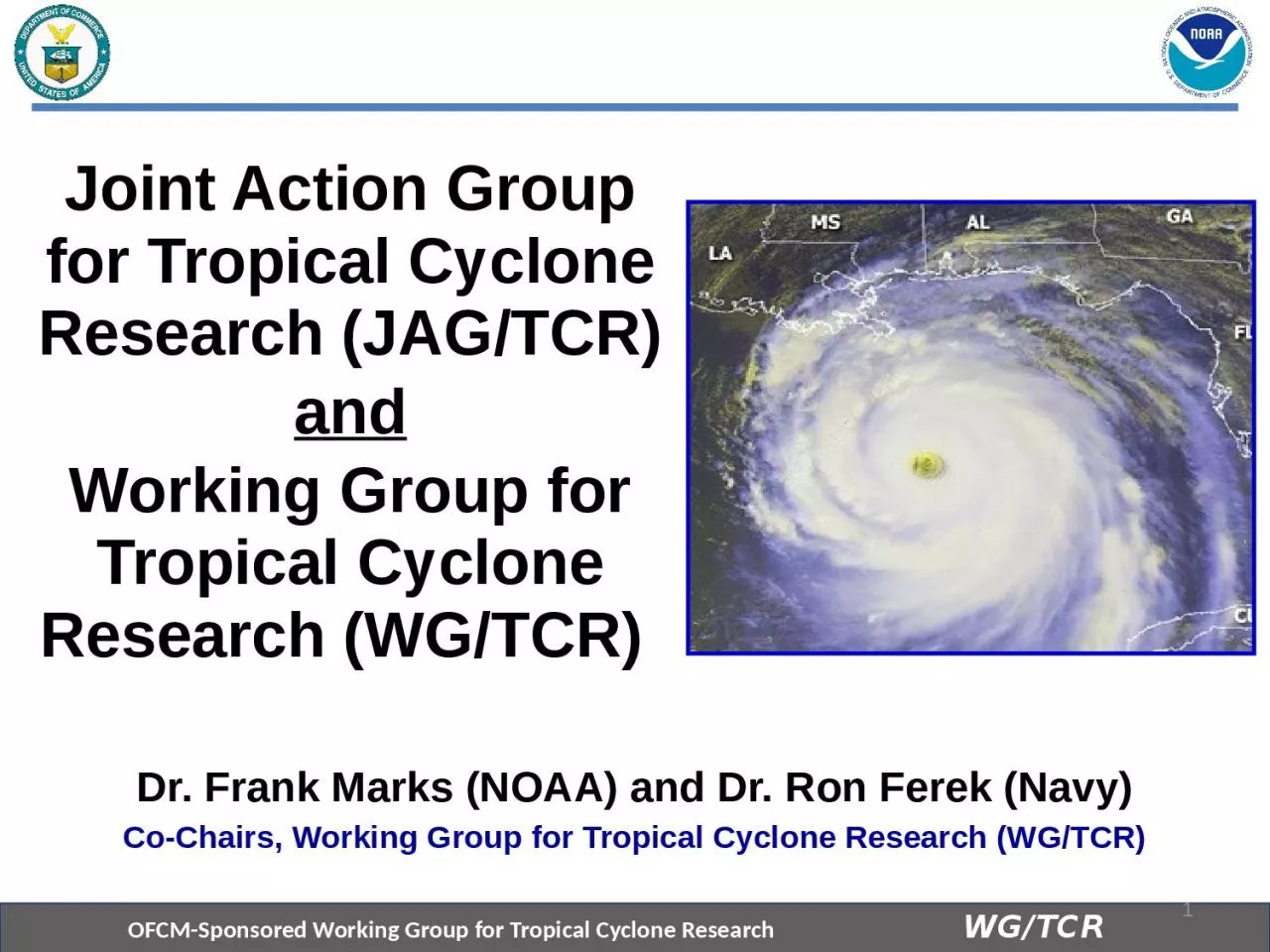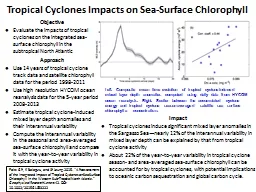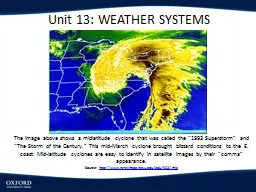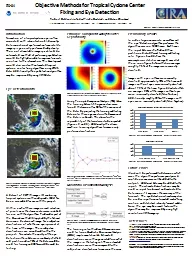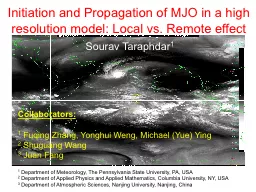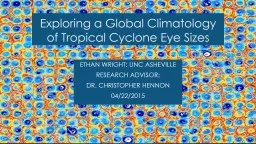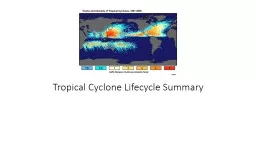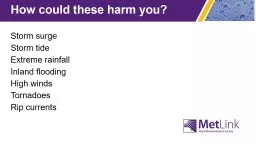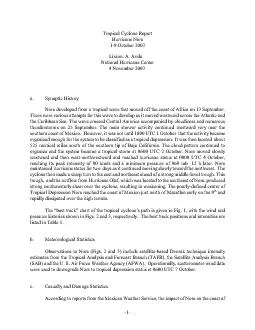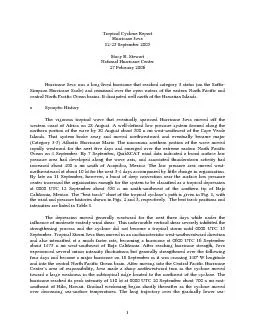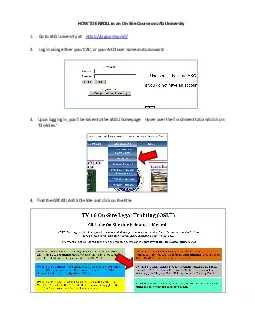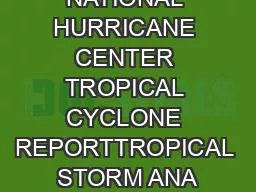PPT-Joint Action Group for Tropical Cyclone Research (JAG/TCR)
Author : caroline | Published Date : 2023-10-27
and Working Group for Tropical Cyclone Research WGTCR Dr Frank Marks NOAA and Dr Ron Ferek Navy CoChairs Working Group for Tropical Cyclone Research WGTCR 1 History
Presentation Embed Code
Download Presentation
Download Presentation The PPT/PDF document "Joint Action Group for Tropical Cyclone ..." is the property of its rightful owner. Permission is granted to download and print the materials on this website for personal, non-commercial use only, and to display it on your personal computer provided you do not modify the materials and that you retain all copyright notices contained in the materials. By downloading content from our website, you accept the terms of this agreement.
Joint Action Group for Tropical Cyclone Research (JAG/TCR): Transcript
Download Rules Of Document
"Joint Action Group for Tropical Cyclone Research (JAG/TCR)"The content belongs to its owner. You may download and print it for personal use, without modification, and keep all copyright notices. By downloading, you agree to these terms.
Related Documents

